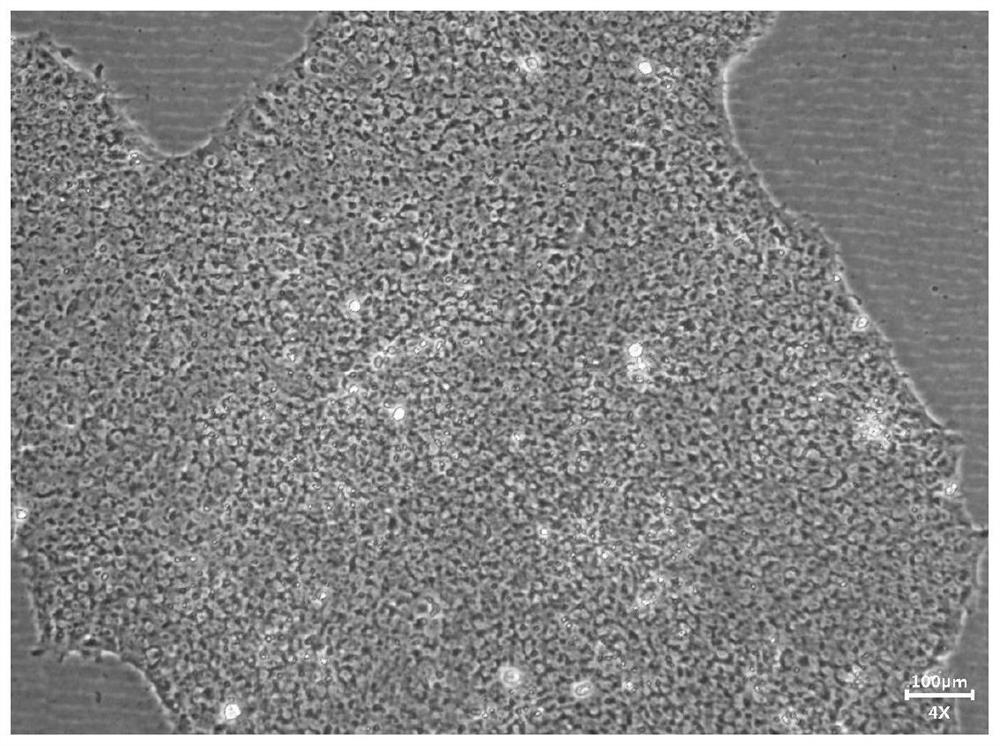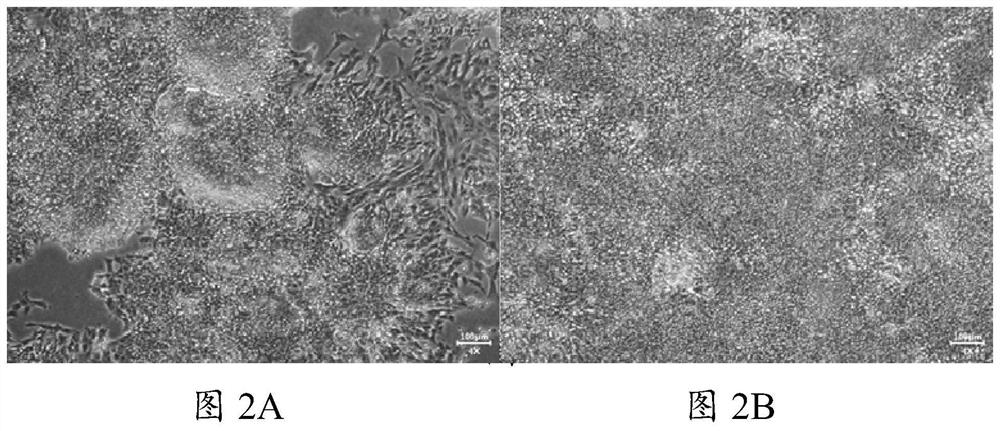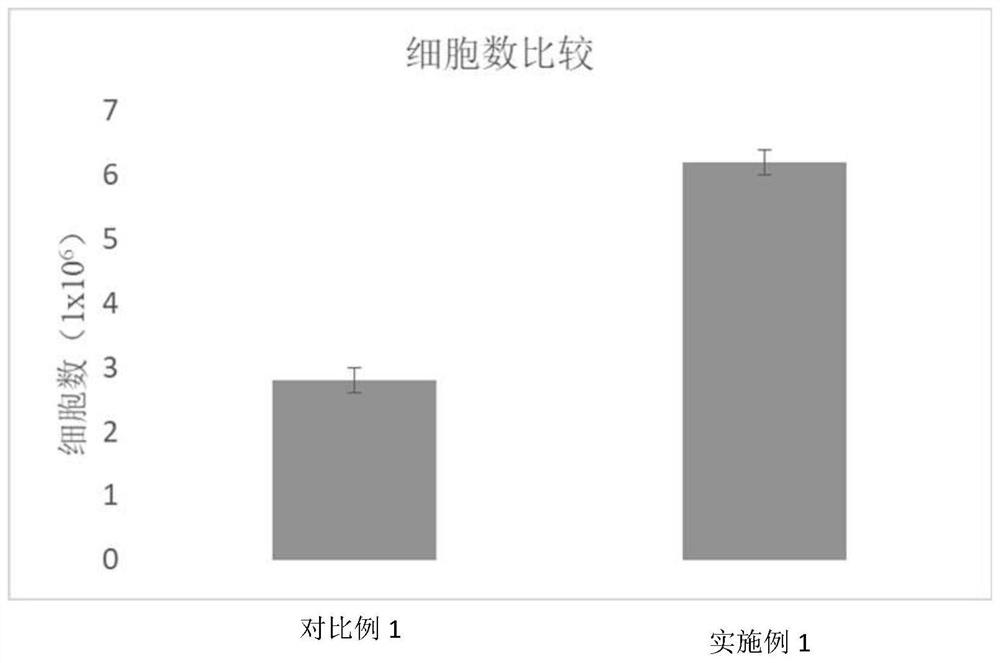Culture solution for inducing multifunctional stem cells to differentiate into dopamine progenitor cells and differentiation method
A multifunctional stem cell and dopaminergic technology, applied in the field of stem cell therapy, can solve the problems of poor differentiation efficiency, high cost, and low purity
- Summary
- Abstract
- Description
- Claims
- Application Information
AI Technical Summary
Problems solved by technology
Method used
Image
Examples
Embodiment 1 and comparative example 1
[0029] The preparation of embodiment 1 and comparative example 1 dopaminergic progenitor cell culture fluid
[0030] The culture medium is a basal medium mixed with DMEM / F12 medium and Neurobasal medium, and additional components added to the basal medium. Add components and their contents as shown in Table 1:
[0031] Table 1 Components and content of dopaminergic progenitor cell culture medium
[0032]
[0033]
[0034] Remarks: All substances mentioned in Table 1 are purchased from the market
[0035] In Table 1, 50× and 100× refer to the dilution of the purchased stock solution by 50 times and 100 times, and 1× refers to the liquid diluted 100 times.
Embodiment 2
[0036] Example 2 Inducing pluripotent stem cells to differentiate into dopaminergic progenitor cells
[0037] 1. Coating of cell culture plate
[0038] Dilute laminin-521 and laminin-111 with phosphate buffered saline (DPBS) containing calcium and magnesium ions to a concentration of 14 μg / mL, mix them at a ratio of 1:2 by volume, and mix them at 2 μg / cm 2 Concentrations were spread on cell culture plates at 37°C, 5% CO 2 Conditional coating was performed for 2 hours to obtain coated cell culture plates.
[0039] 2. Differentiation and culture of induced pluripotent stem cells
[0040] Cells were fused to 80% density of induced pluripotent stem cells, washed with DPBS at a volume of 2 mL / well, discarded DPBS, added 1 mL / well of Accutase digestion solution, and placed at 37°C for 5 minutes. After the cells shrank into balls or partially de-adhered to the wall, add 2 times the volume of the culture solution of Example 1 (the culture solution of Comparative Example 1 was also ...
Embodiment 3
[0045] Example 3 Small molecule compounds increase the production of dopaminergic progenitor cells
[0046] Carry out the directed differentiation of dopaminergic progenitor cells by the differentiation culture method of Example 2, respectively use the culture solution of Comparative Example 1 and Example 1, collect the cells in 1 well of a 12-well plate, count by a cell counter, and compare the obtained dopamine number of progenitor cells. The result is as image 3 shown.
PUM
 Login to View More
Login to View More Abstract
Description
Claims
Application Information
 Login to View More
Login to View More - R&D
- Intellectual Property
- Life Sciences
- Materials
- Tech Scout
- Unparalleled Data Quality
- Higher Quality Content
- 60% Fewer Hallucinations
Browse by: Latest US Patents, China's latest patents, Technical Efficacy Thesaurus, Application Domain, Technology Topic, Popular Technical Reports.
© 2025 PatSnap. All rights reserved.Legal|Privacy policy|Modern Slavery Act Transparency Statement|Sitemap|About US| Contact US: help@patsnap.com



